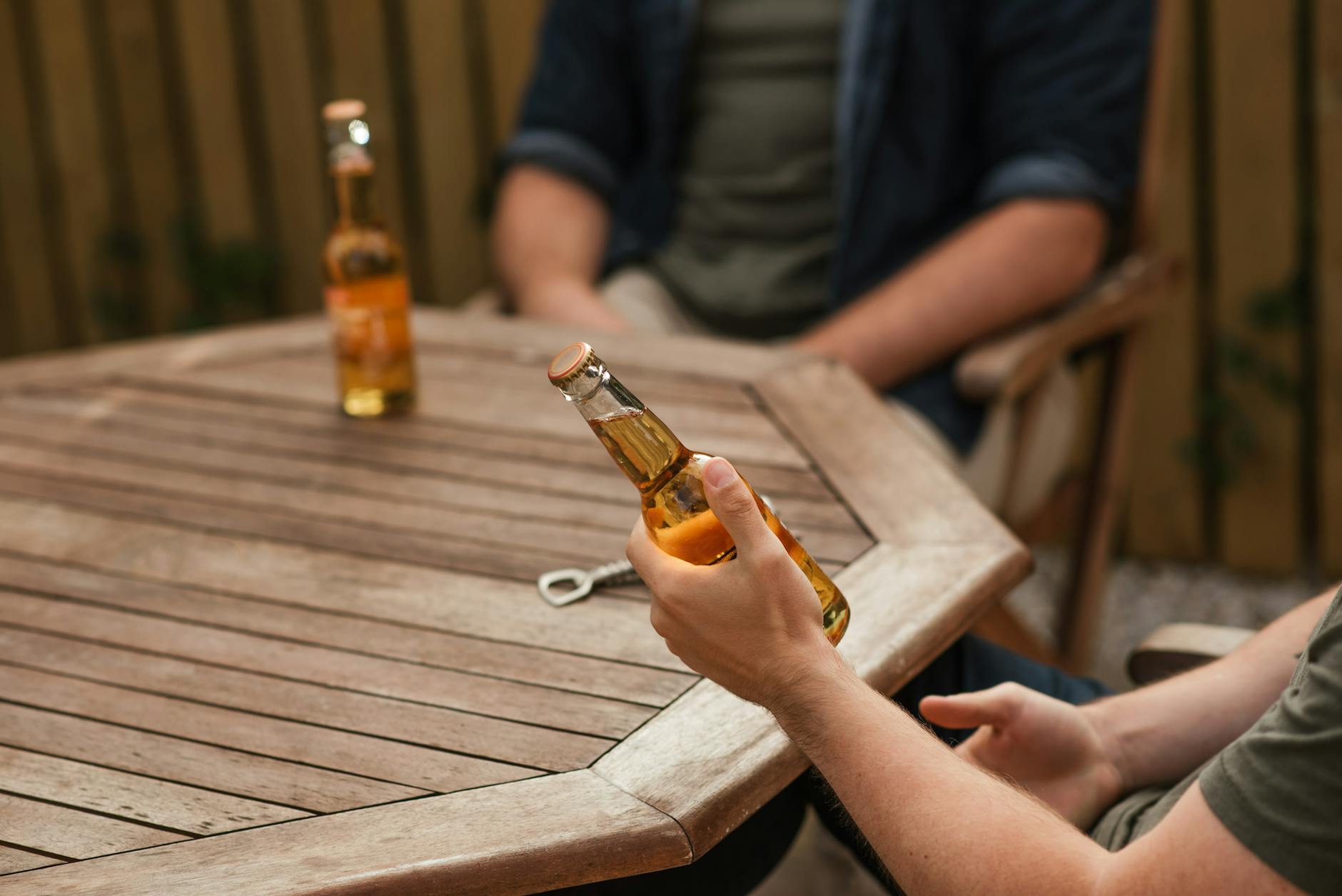Ever wonder why some people feel tipsy after one beer while others need a few? Unravel the science behind it.
Table of Contents
Have you ever wondered how many beers it takes to get drunk? It’s a common question that doesn’t have a straightforward answer. The effects of alcohol consumption can vary greatly from person to person, depending on a multitude of factors. In this blog post, we will delve into the science behind alcohol metabolism, individual tolerance levels, and the various factors that influence intoxication.
Understanding Alcohol Metabolism
alcohol metabolism refers to the process by which the body breaks down and eliminates alcohol. When you consume a beer, the alcohol enters your bloodstream through the stomach and small intestine. From there, it is carried to the liver, where enzymes begin to break it down. The rate at which alcohol is metabolized can vary based on several factors.
One of the key factors that influence alcohol metabolism is gender. Women generally have a lower tolerance for alcohol than men due to differences in body composition and enzyme levels. Weight and body composition also play a role, as individuals with higher body fat percentages tend to metabolize alcohol at a slower rate.
Age is another important factor to consider. As we get older, our bodies become less efficient at metabolizing alcohol, leading to a slower rate of elimination. Additionally, genetics can play a significant role in how quickly your body breaks down alcohol. Some people may have genetic variations that affect the activity of certain enzymes involved in alcohol metabolism.
Individual Tolerance Levels
Individual tolerance levels play a crucial role in how many beers it takes for a person to feel drunk. Tolerance refers to the body’s ability to withstand the effects of alcohol over time. People with a higher tolerance may be able to consume more alcohol before feeling intoxicated than those with a lower tolerance.
It’s important to note that tolerance can vary widely among individuals and can change over time with regular alcohol consumption. The more frequently a person drinks, the higher their tolerance may become, as the body adapts to the presence of alcohol and becomes more efficient at metabolizing it.
Factors Influencing Intoxication
Several factors can influence how intoxicated a person feels after consuming alcohol. The rate at which alcohol is consumed is a key factor, as drinking quickly can lead to a faster rise in blood alcohol concentration. Mixing alcohol with other substances, such as medications or illicit drugs, can also amplify its effects.

Image courtesy of www.reddit.com via Google Images
Food consumption can have a significant impact on intoxication. Eating a meal before drinking can help slow the absorption of alcohol into the bloodstream, potentially reducing its effects. Conversely, drinking on an empty stomach can lead to faster intoxication, as there is nothing to slow the absorption of alcohol.
Emotional state and environment can also play a role in how alcohol affects an individual. Stress, anxiety, or other emotional factors can influence how alcohol is perceived and can exacerbate its effects. Additionally, the setting in which alcohol is consumed can impact how intoxicated a person feels, as social cues and peer pressure can play a role in drinking behavior.
Conclusion
While the question of how many beers it takes to get drunk may not have a clear-cut answer, understanding the factors that influence intoxication can help individuals make informed decisions about their alcohol consumption. By being aware of alcohol metabolism, individual tolerance levels, and the various factors that can influence intoxication, individuals can better understand their limits and practice responsible drinking habits.
Remember, it’s always important to drink in moderation and know when to stop. Being aware of your own body and how it responds to alcohol can help you enjoy a night out without the negative consequences of overconsumption. So, next time you’re thinking about cracking open a cold one, consider the factors at play and make a conscious decision about how many beers are right for you.
FAQ
How does alcohol metabolism differ between men and women?
Answer 1: Women generally have lower alcohol tolerance due to differences in body composition and enzyme levels. Their bodies metabolize alcohol at a slower rate, leading to a quicker feeling of intoxication compared to men.
Can tolerance to alcohol change over time?
Answer 2: Yes, tolerance levels can vary among individuals and may increase with regular alcohol consumption. The more often someone drinks, the higher their tolerance may become as their body adapts to the effects of alcohol.
How does food consumption affect alcohol intoxication?
Answer 3: Eating before drinking can slow alcohol absorption into the bloodstream, potentially reducing its effects. Drinking on an empty stomach can lead to faster intoxication as there is nothing to slow down alcohol absorption.
What role do emotional state and environment play in alcohol intoxication?
Answer 4: Emotional factors like stress or anxiety can influence how alcohol is perceived and exacerbate its effects. Additionally, the social setting in which alcohol is consumed can impact intoxication as social cues and peer pressure may influence drinking behavior.
Generated by Texta.ai Blog Automation


Leave a Reply